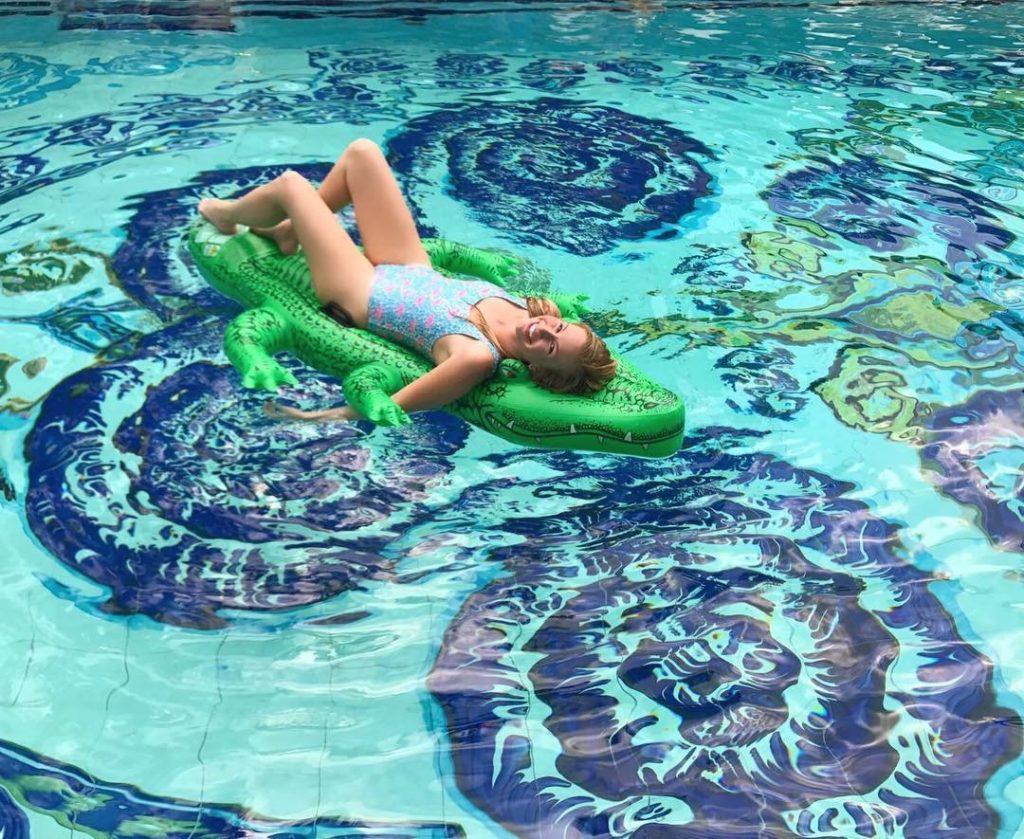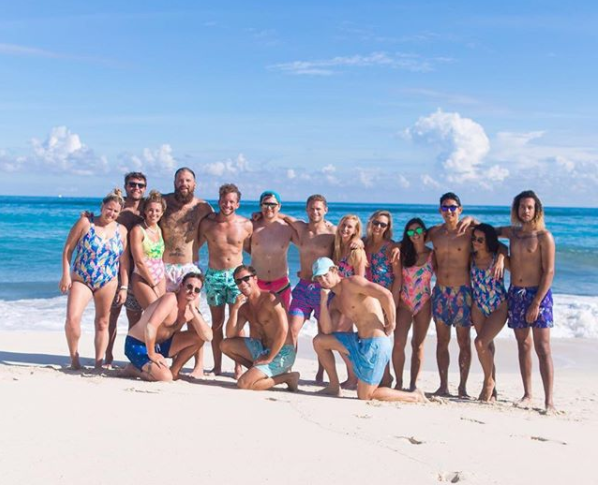With the evolution of media, comes more ways to speak to consumers. But with that evolution also comes a more crowded marketplace, and more ways for your brand messaging to get lost. The average adult American spends nearly half a day staring at a screen, devoting approximately 10 hours and 39 minutes each day, according to a 2016 Nielsen Company audience report. During these times, it’s estimated that Americans are exposed to at least 4,000 advertisements each day.
Not only are consumers being bombarded with advertising, they also aren’t paying much attention. According to a 2015 study from Microsoft, the average consumer’s attention span has dropped to eight seconds – one second less than that of a goldfish. If brands can barely reach their existing consumers with so much commotion, how are they able to tap into new audiences and potential customers?
Enter brand partnerships.
If two heads are better than one, the same thought process can apply to brands. On the outside, celebrity endorsements may seem like a partnership – hey, Jennifer Aniston likes Aveeno lotion, now I want Aveeno lotion – but in most cases, these lose the mutually beneficial aspect. As opposed to both brands benefiting, one gets exposure (Aveeno) and the other gets cold, hard cash (Jennifer Aniston). Plus, it looks like an ad, which we know consumers don’t like.
A strong strategic partnership can benefit everyone: consumers and both brands.
For a partnership to work, the brands need to have a similar audience and similar goals. Increase awareness? Drive sales? Promote travel to a new destination? Perhaps a bit of both.
While some past partnerships make sense (JetBlue and Amazon, Target and Lilly Pulitzer, Spotify and Starbucks, Band-Aid and the latest Disney movie), others come with more of a surprise (remember when all of our iPhones came preloaded with the U2 album and the entire world threw a fit? Whoops.)
Recently, Nassau Paradise Island Promotion Board (NPIPB) partnered with Chubbies—a millennial-focused lifestyle e-commerce brand based in San Francisco, California, that produces clothing and content “built for the weekend,” with tons of swimsuits, shorts and much more, all designed with bright colors, often incorporating tropical designs including flamingos, palm trees, pineapples and other bold, fun prints – all of which complement Nassau’s turquoise blue waters, world-class resorts, fresh seafood and exemplary beaches. With an interest in reaching a younger audience, the brands partnered on a multi-faceted campaign, incorporating public relations, social media and digital marketing.
To kickstart the partnership, the NPIPB hosted 20 models in the destination to allow the brand to gather content ahead of its spring 2018 collection launch. Nassau Paradise Island would have the chance to promote itself to the younger Chubbies audience and the brand would have an idyllic beach backdrop to shoot their new swimwear and be promoted to an audience full of beach-loving consumers. In exchange for hosting, Chubbies created an epic video that garnered hundreds of thousands of views on Facebook and dedicated email blasts promoting Nassau Paradise Island.
To pull the partnership through, the brands hosted a contest in sync with the collection’s 2018 launch. The prize package included a trip giveaway to the Bahamas, including roundtrip airfare, overnight accommodations and a Chubbies giftcard to use toward new swag. The contest was cross promoted on both brands channels – allowing for both to touch new audiences and potential customers. Overall, both brands gained new fans and NPIPB saw a 65 percent increase in Instagram engagement and more than 50 percent increase in referrals from social media to nassauparadiseisland.com
So when determining what brands you should approach for a partnership, consider a few key elements:
- What’s the point? As simple as it seems, why are you interested in getting a partnership going in the first place? Are you trying to reach a new audience, or promote yourself to a current audience through a different voice? Are you launching something new? For example, when Vitafusion launched a new wellness product, they partnered with Red Mountain Resort. The hotel provided a trip giveaway in exchange for publicity in the digital and social media postings about the launch.
- Will this benefit both of us? It’s easy to see a potential brand partner and think about what they can provide you (Big budget for activations! Name recognition! Database with 10,000 names!), but think about what your brand can do for them? If I’m Starbucks getting approached by brands for partnerships every day, what will make me say yes?
- Do our audiences align? It wouldn’t make sense for a value-brand to partner with a luxury watch company, if the average consumer wouldn’t be able to purchase the product. A good partnership should also feel authentic. American Queen Steamboat Company’s themed Bourbon Cruise partnered with Makers Mark to feature on-board programming with brand representatives and featured stops at distilleries along its route. This trip is offered four times a year and consistently one of the most highly-rated programs.
- Are the expectations being managed? For both parties to feel satisfied and deem a partnership successful, the deliverables and expectations should be clearly outlined. If two brands partner for a giveaway and one anticipates 1,000 entries and the other would be happy with 45, it’s not going to end well. Similarly, it should be clearly defined which brand is paying for what – will any expenses be split 50/50? Does a bigger brand handle a larger part of the expenses?
At the end of a partnership, there will be many ways to determine the successes – whether it’s through social media growth, an increase in website traffic or overall awareness. But as consumers spend less time paying attention to what’s in front of them, it will be crucial that brands continue to find innovative ways and platforms to connect to audiences and deliver its message.


